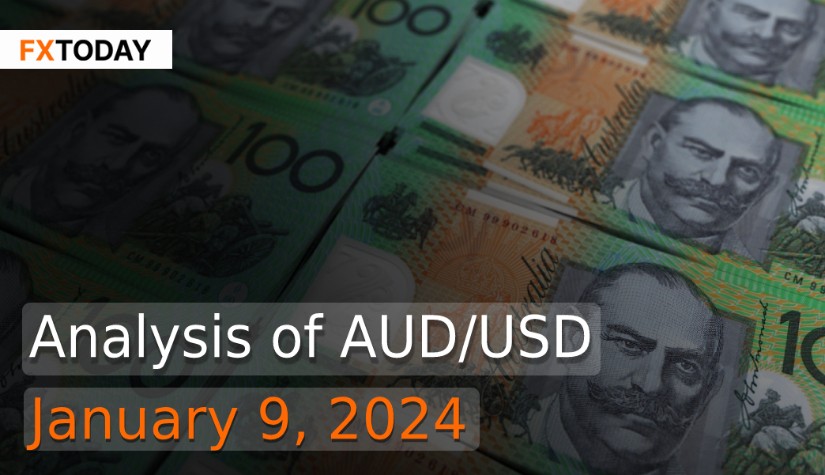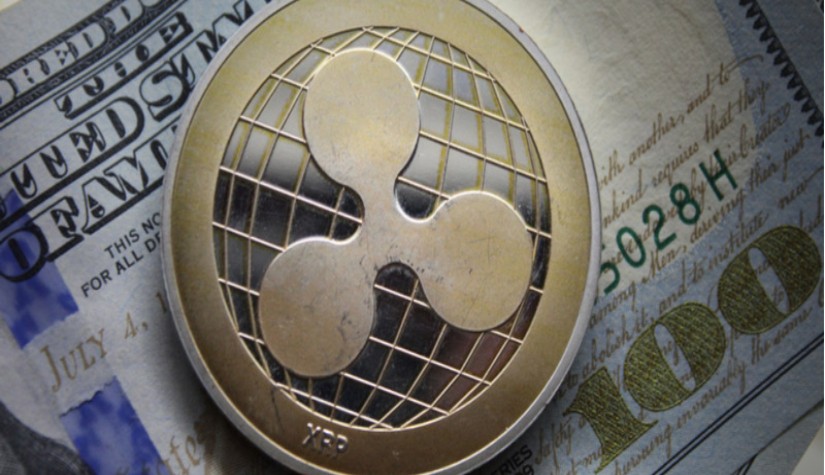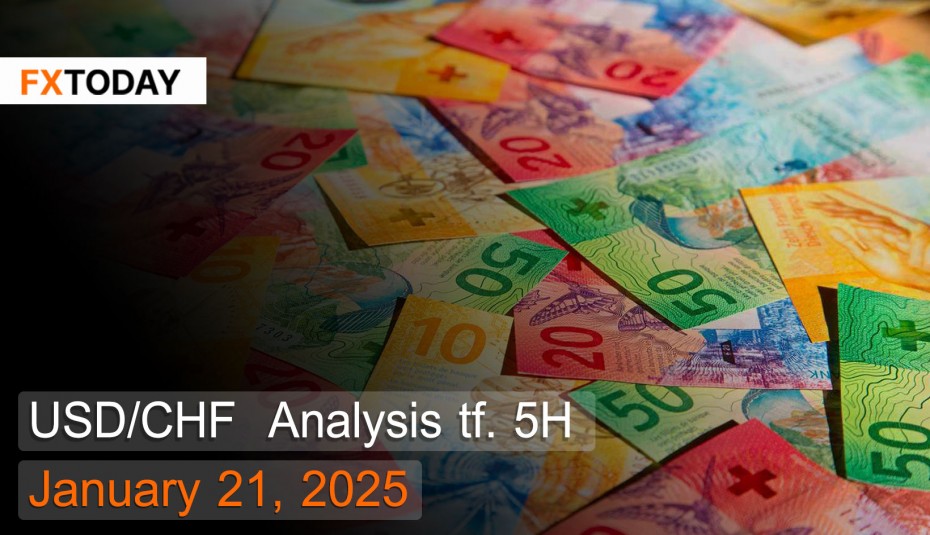Aussie Retail Surge, US Dollar Uncertain Amid Inflation Shifts
The Australian dollar experienced a slight increase following data revealing a larger-than-expected surge in retail sales in November. The significant boost in sales, the most substantial in two years, was driven by Black Friday discounts, leading to a 2% rise from October. However, the year-on-year growth of 2.2% was sluggish compared to the mid-2022 post-pandemic boom rate of 19%, influenced by high interest rates and living costs. Despite a 425 basis points increase in interest rates to 4.35% since May 2022, consumer spending remained resilient due to factors like rising house prices and pandemic stimulus savings.
The report highlighted that discretionary goods fueled the sales increase, with spending on household items rising by 7.5%, reversing a 1% decline the previous month. Spending on department stores and clothing and footwear also increased by 4.2% and 2.7%, respectively. The Reserve Bank of Australia is likely to overlook the November retail sales, considering the distortion caused by Black Friday and Cyber Monday events. The Australian dollar remained stable, and the market indicated skepticism about further tightening by the Reserve Bank of Australia.
An ANZ survey revealed a boost in consumer confidence at the start of 2024, reaching the highest level in almost a year. Homeowners were particularly optimistic due to rising house prices, and the market perceived that the RBA's tightening cycle might have concluded, with easing priced in for 2024.
In the global context, the dollar index and dollar index futures stabilized in Asian trade after a decline from three-week highs. The pause in the dollar's rally was attributed to traders reiterating bets on multiple Federal Reserve rate cuts in 2024, anticipating a slowdown in U.S. inflation. The New York Fed's Survey of Consumer Expectations showed a decline in U.S. consumers' short-term inflation projections in December, reaching the lowest level in almost three years.
Despite the dollar retaining most of its recent gains, uncertainty loomed over rate cuts as investors awaited key CPI inflation data. Expectations pointed towards a mild increase in inflation, casting doubt on the possibility of a Fed rate cut by March 2024. U.S. homebuyer confidence improved in December, but housing supply recovery faced challenges, and Fed officials expressed reluctance towards early policy easing.
The New York Federal Reserve's report on consumer expectations indicated a significant shift, with one-year inflation forecasts dropping to 3%, the lowest since January 2021. Longer-term outlooks for three-year and five-year inflation also decreased, reflecting expectations of slower price increases in various areas, except for education costs. This shift aligns with the Federal Reserve's strategy, considering potential rate cuts later in the year to balance price stability and economic growth in response to evolving economic conditions.
As consumers' inflation expectations play a crucial role in influencing market behaviors, these expectations may become pivotal in shaping future Fed policy decisions. Lower inflation expectations could contribute to a more favorable economic environment, potentially reducing the need for the Fed to maintain stringent monetary policies. This, in turn, could lead to a slight depreciation of the US dollar against the Australian dollar in the medium term. In the short term, there might be a modest increase in the lower range due to variations in the returns of the two countries.
Data for Technical Analysis (15Min) CFD AUD/USD
Resistance : 0.6705, 0.6707, 0.6712
Support : 0.6695, 0.6693, 0.6688
15Min Outlook
Source: Investing.com
Buy/Long 1 If the support at the price range 0.6690 - 0.6695 is touched, but the support at 0.6695 cannot be broken, the TP may be set around 0.6705 and the SL around 0.6687, or up to the risk appetite.
Buy/Long 2 If the resistance can be broken at the price range of 0.6705 - 0.6710, TP may be set around 0.6716 and SL around 0.6692, or up to the risk appetite.
Sell/Short 1 If the resistance at the price range 0.6705 - 0.6710 is touched, but the resistance at 0.6705 cannot be broken, the TP may be set around 0.6692 and the SL around 0.6713, or up to the risk appetite.
Sell/Short 2 If the support can be broken at the price range of 0.6690 - 0.6695, TP may be set around 0.6680 and SL around 0.6708, or up to the risk appetite.
Pivot Points Jan 09, 2024 08:15AM GMT
| Name | S3 | S2 | S1 | Pivot Points | R1 | R2 | R3 |
|---|---|---|---|---|---|---|---|
| Classic | 0.6680 | 0.6688 | 0.6692 | 0.6700 | 0.6704 | 0.6712 | 0.6716 |
| Fibonacci | 0.6688 | 0.6693 | 0.6695 | 0.6700 | 0.6705 | 0.6707 | 0.6712 |
| Camarilla | 0.6694 | 0.6695 | 0.6696 | 0.6700 | 0.6699 | 0.6700 | 0.6701 |
| Woodie's | 0.6680 | 0.6688 | 0.6692 | 0.6700 | 0.6704 | 0.6712 | 0.6716 |
| DeMark's | - | - | 0.6691 | 0.6699 | 0.6702 | - | - |
Sources: Investing 1, Investing 2
Maximize your knowledge: Blog
















